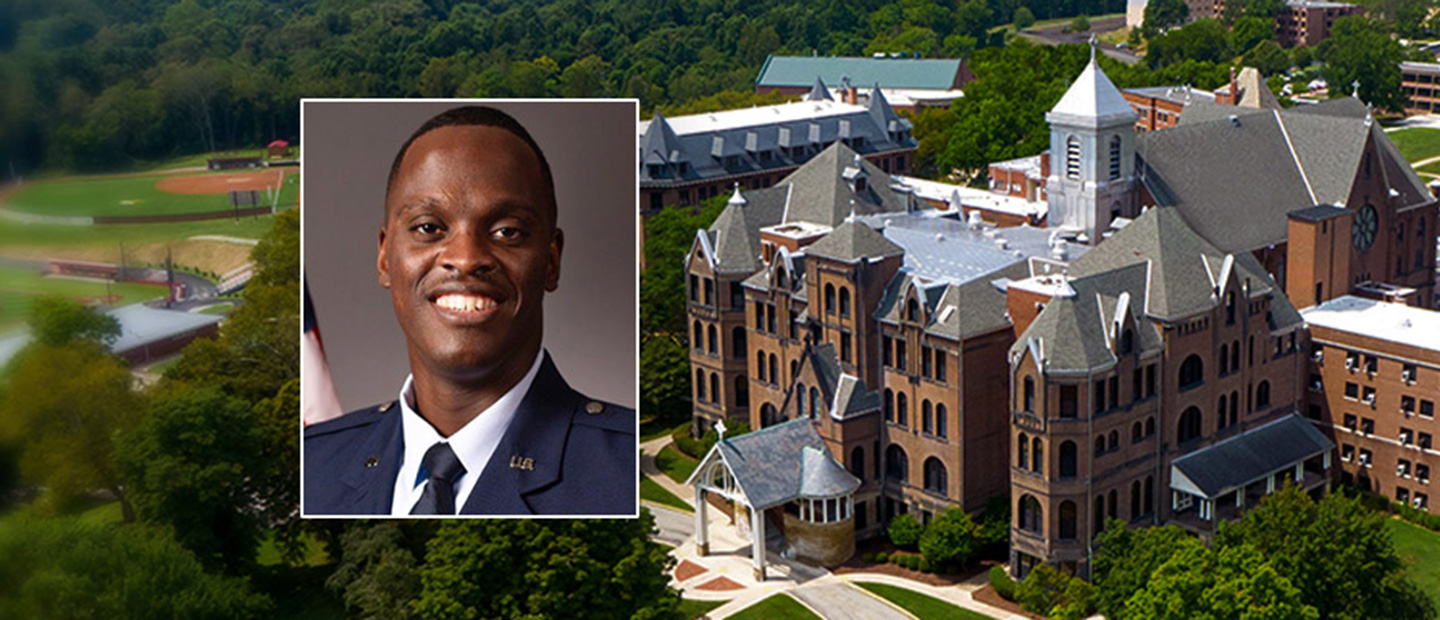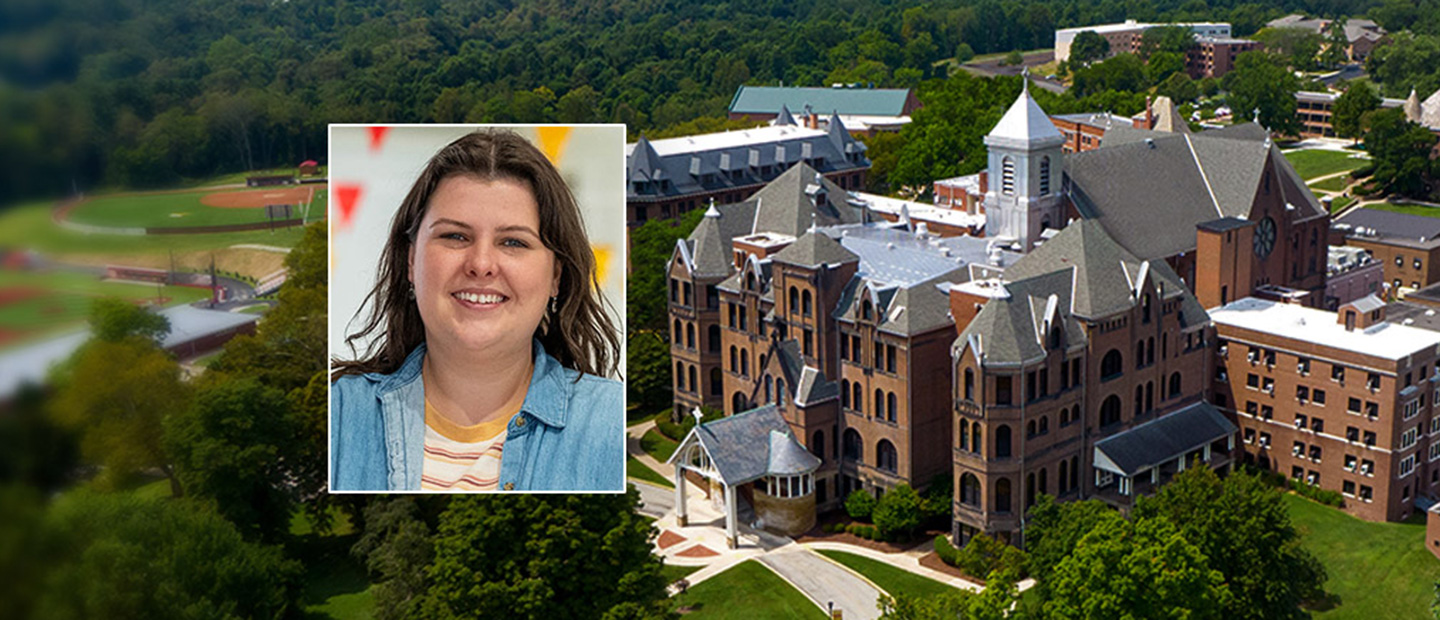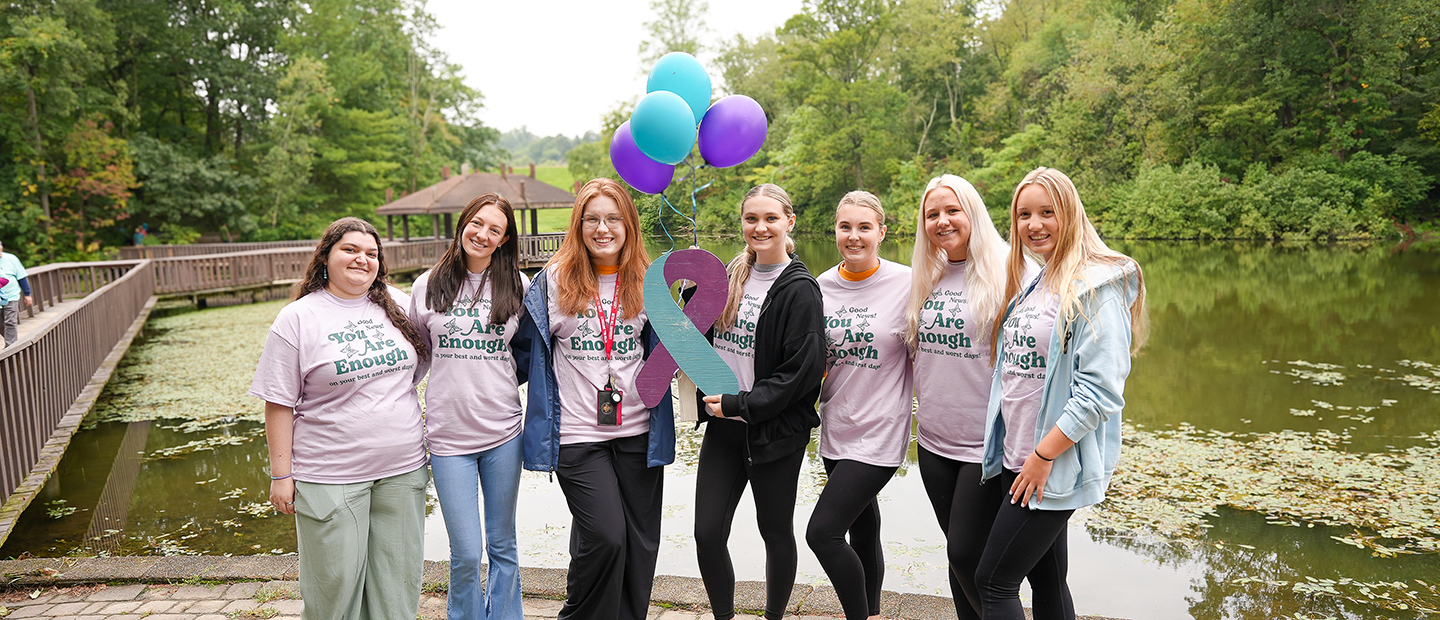Living & Learning in Spain
Seton Hill Students Travel to Cordoba, Granada and Seville
In May 2013 & 2015, Seton Hill students traveled with Dr. Judith Garcia-Quismondo to live, study and explore in one of the most beautiful and best-preserved historical cities in Andalucia.
Living & Learning
During the trips, Seton Hill students:
- Lived with host families in Cordoba.
- Attended a language school for 4 hours of daily study in Spanish.
- Spent an hour a day studying Spanish history (in English).
- Traveled extensively in Cordoba and the region.
- Completed required writing assignments, including daily blogs and a final paper (the quotes and photos on this page are taken from these assignments).
“Yesterday I thought that my brain was going to explode. However, I believe that day by day things are becoming easier and easier. My ear is catching on to more language (since speaking usually is very fast here)."
Traveling & Exploring
While in Spain, students visited:
1. Granada, a city in southern Andalusia, Spain. It is famous for the Moorish citadel and palace of the Alhambra and the tales that United States writer Washington Irvin wrote about it. The Sierra Nevada mountain range is nearby. Students visited the following places in Granada:
- Medieval Moorish Albayzín neighborhood: with its narrow winding streets.
- Saint Nicholas viewpoint: an emblematic site to see the Alhambra from the distance.
- Royal Chapel the Cathedral of Granada: beautiful examples of the Spanish Renaissance.
- Alhambra citadel: the last city in Spain’s Al-Andalus to be regained by the Christian kings.
- Alcaicería neighborhood: with its famous street market or “zoco”
- Basilica of San Juan de Dios: one of the most beautiful churches in Spain.
- Church of San Pedro and San Pablo, along the river Darro which crosses the city
- Plaza Nueva: in downtown Granada, famous for its area of bars and restaurants with great tapas.
2. Córdoba, also a city in southern Andalusia, Spain. Cordoba was an Iberian and Roman city, and the most populous city in the world around the 10th century, when it was the capital of the Islamic caliphate. Site visits in Cordoba included:
- “La Mezquita”: formerly an Islamic mosque upon the ruins of a Christian church, it is the only Catholic cathedral in the world inside a mosque.
- “La Judería” (Jewish Quarter): a fascinating network of narrow streets. Its famous and colorful “calleja de las flores” (flower street) stands out!
- Alcazar of the Christian Monarchs: a Medieval fortress which was one of the primary residences of Queen Isabella of Castile and King Ferdinand II of Aragon, and meeting point of the monarchs with Christopher Columbus before he took his first voyage to the Americas.
- Equestrian show at the Royal Stables: built in 1570 by a Royal Decree of Spanish king Philip II.
- Patios Festival: a patio contest in the most representative houses of historic Cordoba, which still follow the Roman tradition of maintaining inner courtyards adorned with fountains and flower pots.
- Museum of Fine Arts: placed in the 15th century Hospital de la Caridad building. It contains masterpieces from famous Cordoba painter Julio Romero de Torres.
- Calahorra Tower Museum: provides a recreation of the history of the city between the 9th and 13th centuries, at a time of great artistic and cultural achievement.
- Palace of Viana (14th century): includes an extensive collection of artistic and ornamental items, plus 14 gardens.
- Castle of Almodovar (8th century): An impressive building 14 miles to the west of the city. Although initially an Islamic construction, it later served as royal residence and was later site of different Templar orders.
- Medina Azahara Ruins (10th century): Fortified Arab-Muslim Medieval palace-city located on the western outskirts of the city. Only 10% of its original structure has been excavated.
- La Feria: a whole one-week long city fair. It is famous because of its streets of lights with “casetas” (marquees with food, drink and music) erected at the city’s fair ground, most of which are open to the general public. The thoroughfare and the surrounding streets fill with horse-drawn carriages, flamenco dress, “Sevillana” music (of all types and genres), food and drinks.
“¡No quiero salir! – I don’t want to leave!”
3. Seville, capital and largest city of the most southern region in Spain, Andalusia. Its old town, the third largest in Europe, contains three Unesco World Heritage Sites: the Alcázar-Palace complex, the Cathedral, and the General Archive of the Indies. Sites visited include:
- María Luisa Park: Seville’s principal green area, home to numerous monuments, ponds and fountains.
- Plaza de España: a square built in the María Luisa park in 1928 for the Ibero-American exposition of 1929. It is a landmark of the Renaissance revival style, with a combination of art-deco and neo-mudéjar (influenced by Moorish pattern) style. It was used as a location for the Star Wars movies.
- Alcázar-Place complex: the oldest royal palace still in use in Europe, it was originally a Moorish fortress. The upper levels of the palace are still used by the Royal Family as their Seville residence. It contains numerous gardens, fountains and patios.
- Bullfight Museum and Maestranza bullfight ring: It explains the history of bullfight in Spain and pays tribute to one of the most emblematic monuments of the city.
- Triana, one of the most representative neighborhoods on the west band of the river Guadalquivir.
- Metropol Parasol: a wooden structure located at the Encarnación square, consisting of six giant parasols in the shape of mushrooms of up to 85 feet of height. The underground level houses the Antiquarium, with Roman and Moorish archaeological remains.
- Santa Cruz neighborhood: the primary tourist neighborhood of Seville and former Jewish Quarter of the Medieval city.
- Cathedral and the Giralda Tower: It is the largest Gothic cathedral and the third largest Church in the world. It is also the burial site of Christopher Columbus. The Giralda is the bell tower, adorned in its top by the statue of “El Giraldillo,” which represents the triumph of the Christian faith.



